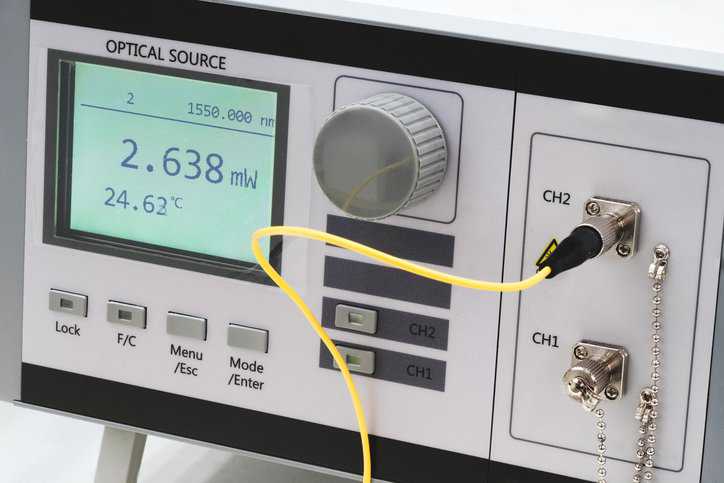ANSI/IES LM-85-23: Measurements of LED Sources

Measuring light emitting diode (LED) sources helps accurately assess their light output, assuring that they meet specific performance requirements for the intended application, such as brightness, color quality, and energy efficiency. These performance parameters can significantly vary between different LED types and designs. As such, measuring LED sources is crucial for selecting the right LED for a particular lighting need and for quality control purposes. ANSI/IES LM-85-23: Approved Method: Optical and Electrical Measurements of LED Sources describes the procedures for optical and electrical measurements of LED sources.
What Is ANSI/IES LM-85?
ANSI/IES LM-85-23 provides guidance for the optical and electrical measurement of light emitting diode (LED) sources such as LED packages and LED arrays. The American National Standard notes that the output of an LED source is strongly dependent on its operating conditions—in particular, the junction temperature. ANSI/IES LM-85-23 covers four different measurement methods: single pulse, flash pulse, continuous pulse, and DC.
The methods in this standard cover white and single-color LED sources and may also be applied to laser diode sources. (Laser diodes, however, may have special drive circuitry requirements, which can be obtained from the manufacturer).
Measuring LED Sources
Since there can be variation in light color and directionality, measuring LED sources is helpful. When measuring LED sources, the primary metric is luminous flux, which is measured in lumens (lm). Luminous flux represents the total amount of light emitted by the source. Other important measurements include luminous intensity (candela, cd), which indicates the light emitted in a specific direction, and wavelength (nanometers, nm), which defines the color of the emitted light.
Electrical Measurement of LED Sources
The electrical measurement of LED sources essentially measures the power consumption of the LED. When electrically measuring an LED source, the primary parameters to measure are voltage (V) and current (I), which can then be used to calculate the power consumption of the LED. The electrical measurement is typically expressed in Watts (W) and can be calculated by multiplying the current (amperes) flowing through the LED by its voltage.
ANSI/IES LM-85-23 specifies that a pulsed current source (PCS) and/or a pulsed source measure unit (P-SMU), data acquisition units (DAQs), current shunt or current probe, digital multimeter (DMM), oscilloscope, and temperature-controlled mount (TCM) are typically required for the electrical measurement of LED sources.
Optical Measurement of LED Sources
The optical measurement of LED sources involves using specialized instruments to quantify the light output of an LED using various parameters like luminous flux (total light output), luminous intensity (light emitted in a specific direction), color characteristics (chromaticity coordinates), and spectral power distribution).
ANSI/IES LM-85-23 details that the instruments for the optical measurement of LED sources are applicable to both the pulse-mode method and the DC-mode method. The standard notes that if the pulse-mode method is used, the photometer or the spectroradiometer should have capability to measure optical pulses. Further, ANSI/IES LM-85-23 specifies that one or more of the following instruments are used for the measurement of photometric, colorimetric, and radiometric quantities:
- Sphere-spectroradiometers (for total luminous flux, total radiant flux, photon flux, and color quantities)
- Sphere-photometers (for total luminous flux)
- Goniospectroradiometers (for luminous intensity distribution, total luminous flux, total radiant flux, color quantities, and angular chromaticity uniformity)
- Goniophotometers (for luminous intensity distribution and total luminous flux)
ANSI/IES LM-85-23: Approved Method: Optical and Electrical Measurements of LED Sources is available on the ANSI Webstore.







ANSI/IES LM-85-23 also includes an appendix which provides methods for assessing the junction temperature of an LED in pulsed operation. The methods are intuitive and very useful for lighting designers working with pulsed drive. While the methods build on the widely-known JEDEC thermal measurement standards, they go beyond those standards, providing a new way to quickly assess junction temperature rise.